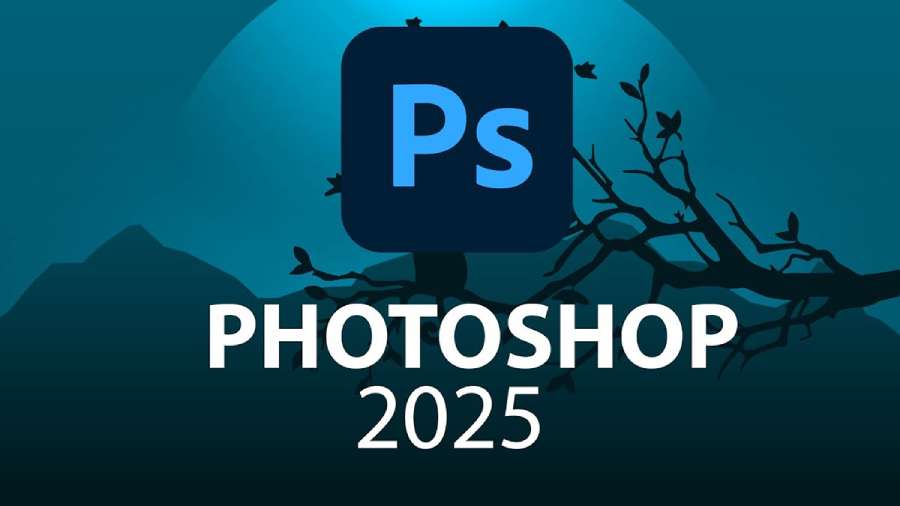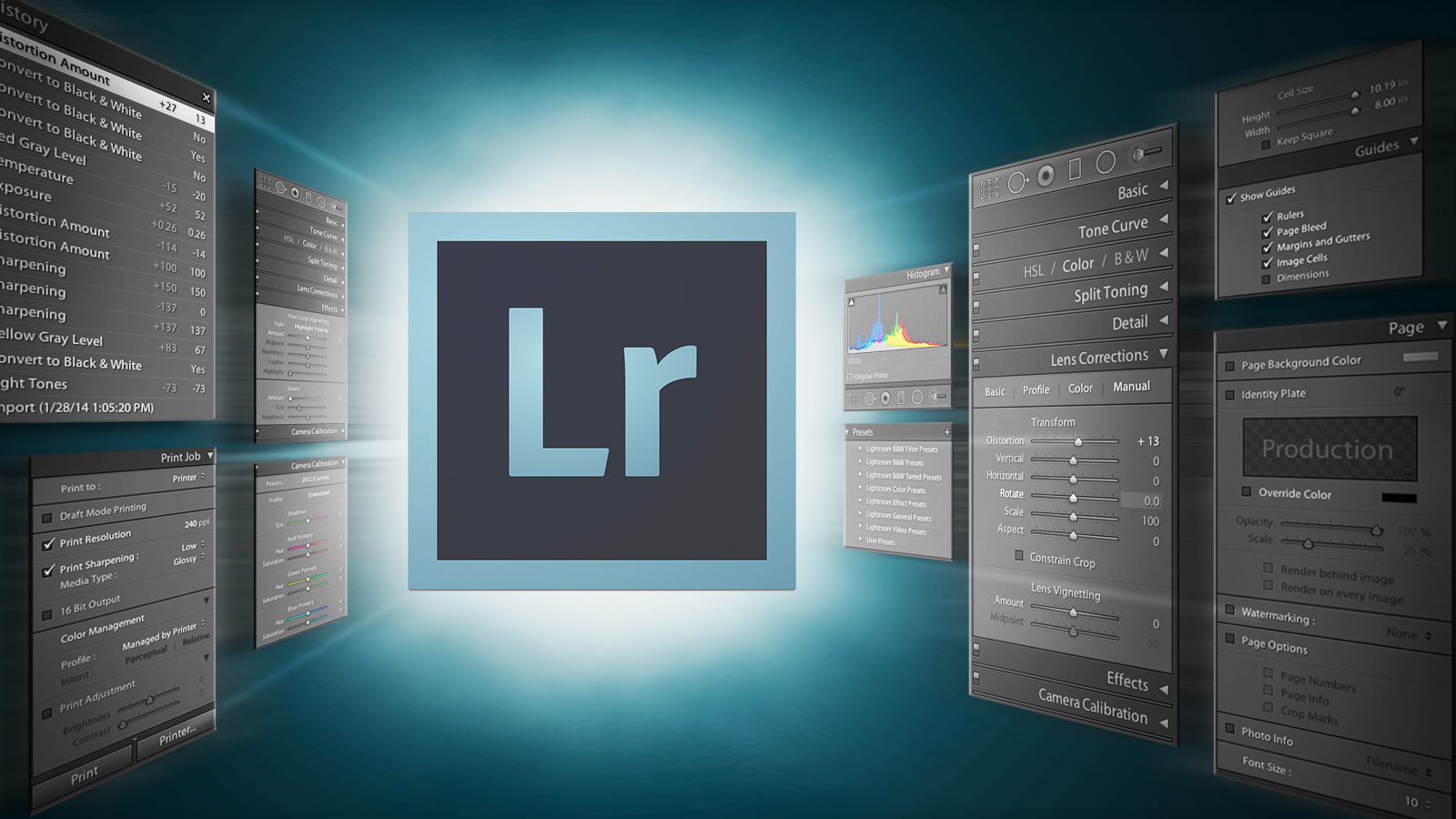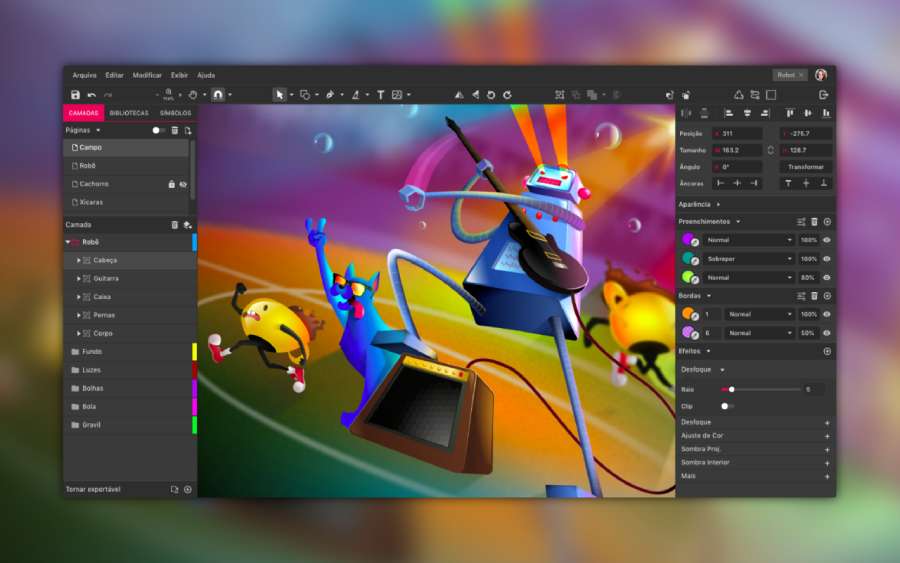Best Selling Products
Tips for choosing a laptop for fast and effective video editing.
Nội dung
- 1. Laptop - An indispensable tool for video editing
- 1.1. Mobility and Flexibility
- 1.2. Specialized Hardware and Software Power
- 1.3. High Quality Screen and Precision in Work
- 1.4. Time Saving and Convenience
- 1.5. Easy Connection and Collaboration
- 1.6. Video Data Storage and Management
- 2. Things to remember when choosing a video editing laptop
- 2.1. Configuration Performance
- 2.2. Screen Quality
- 2.3. Storage Capacity
- 2.4. Battery and Portability
- 2.5. Connection Port
- Conclude
Video editing requires high performance, color accuracy, and large storage capacity. Therefore, apply these tips when choosing a suitable laptop for quick and effective video editing.
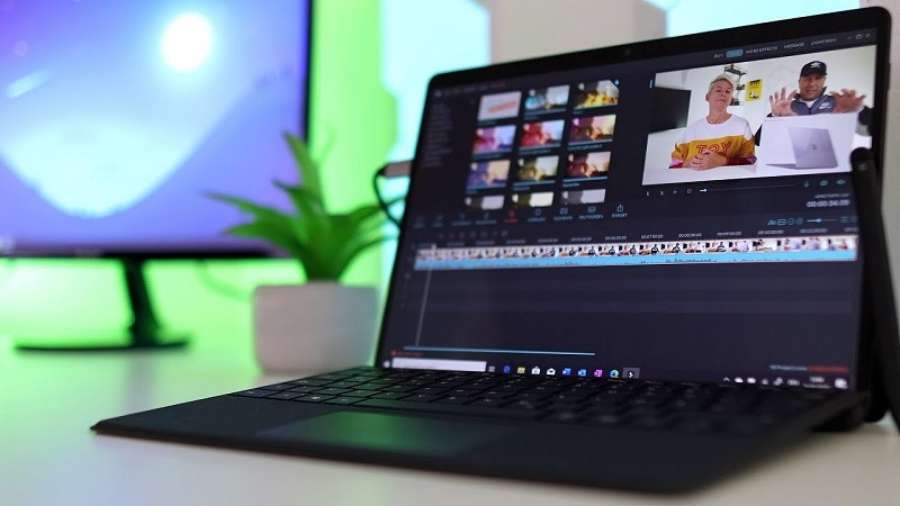
Video editing requires high performance, color accuracy, and large storage capacity, so the right laptop is an important tool to optimize your workflow and product quality. To avoid falling into the “buy it and then regret it” situation, you should carefully consider the configuration, screen, battery capacity, portability, and connection ports. These considerations will help you choose the ideal device for your creative needs.
1. Laptop - An indispensable tool for video editing
In today’s creative world, video editing has become an indispensable part of many fields such as marketing, entertainment, education, and even personal projects. With the strong development of technology, laptops have become the key tool for performing effective video editing tasks. Because laptops not only meet the requirements of software and flexibility but also provide mobility, allowing users to work anywhere and at any time.
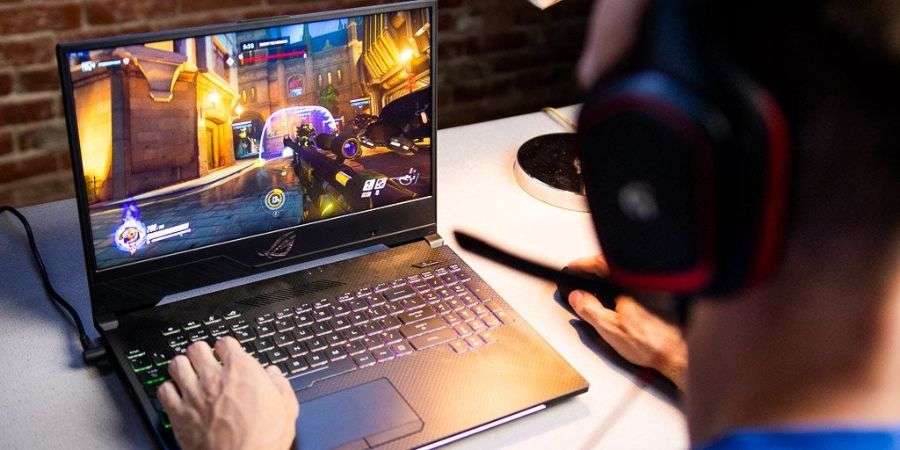
@old
1.1. Mobility and Flexibility
Laptops allow users to edit videos anytime, anywhere. This is especially important for content creators who travel frequently or work remotely. Videographers, editors, or anyone else who works in a video-related field may not always be able to work in a fixed office. Laptops allow them to carry powerful video editing tools with them, thereby optimizing their time and productivity.
1.2. Specialized Hardware and Software Power
While desktops tend to have more powerful hardware, high-end laptops today are equipped with powerful hardware to perform professional video editing. Laptops with powerful processors, discrete graphics cards, large RAM and SSD hard drives can handle 4K videos, motion effects and complex graphics without lag or stutter.
Moreover, the laptop can run smoothly the top video editing software such as Adobe Premiere Pro, Final Cut Pro, DaVinci Resolve, or other video editing software. These software all require high configuration to work effectively, and laptops with powerful specifications can meet this requirement.
1.3. High Quality Screen and Precision in Work
One of the important factors in video editing is the laptop screen. With laptops specialized for video design and editing, the screen has high resolution, accurate color reproduction, allowing users to adjust the color details, brightness, and contrast of the video accurately. These laptops are often equipped with 4K screens or high-resolution screens, supporting professional video editing techniques.
1.4. Time Saving and Convenience
Video editing can be a time-consuming task, especially when dealing with long videos or videos with many special effects. Laptops not only help you perform these tasks quickly thanks to powerful hardware, but also have the ability to multi-task smoothly. Users can edit, export files, or test video effects without having to wait long.
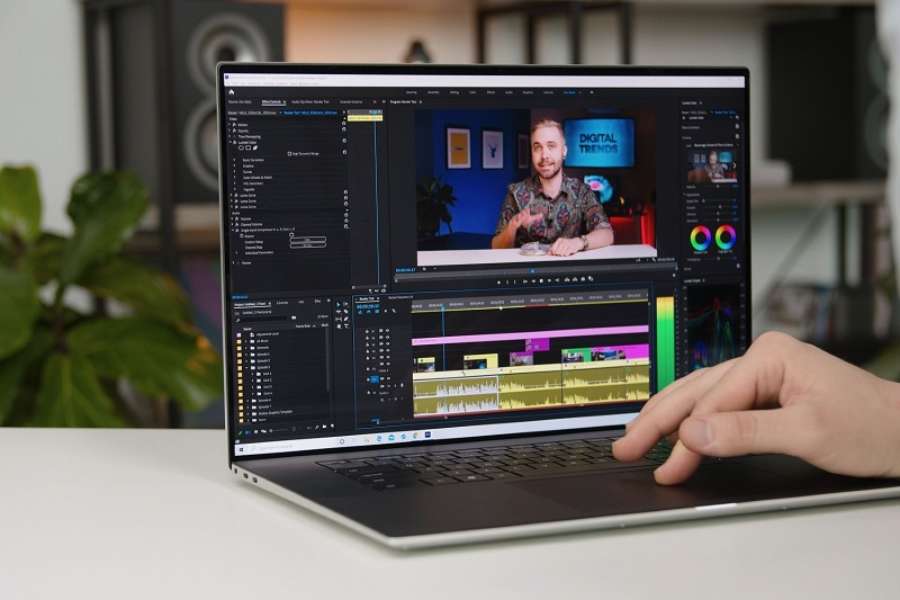
1.5. Easy Connection and Collaboration
In addition to personal video editing, laptops also provide flexible connectivity to other peripherals such as cameras, microphones, external hard drives or other storage devices. In particular, laptops also facilitate collaboration in group video editing projects, allowing members to share files and work on the same project without being hindered by mobility or geographical location.
1.6. Video Data Storage and Management
Video editing often involves working with large data files, especially high-resolution videos like 4K or 8K. Laptops with large SSD hard drives will help store these video files efficiently and retrieve them quickly. Some laptops also support external hard drives or memory cards to expand storage capacity, meeting the data storage needs of long-term video projects.
2. Things to remember when choosing a video editing laptop
Choosing a laptop for video editing is not only about finding a strong configuration, but also about flexibility to meet many different factors of the media industry. To optimize work efficiency, here are the factors you need to keep in mind when choosing:
2.1. Configuration Performance
Video editing requires a computer that can handle fast and smooth processing. A CPU with a high number of cores and clock speed is an important foundation, with chips like Intel Core i7 or higher or AMD Ryzen 7 often recommended. RAM is also essential, at least 16GB, to ensure multitasking, especially when you have multiple software open or working on large projects.
Graphics cards (GPUs) are equally important. For professional work, lines like NVIDIA GTX or RTX will support smoother image output, improve rendering speed and help reduce stuttering and lag. A good CPU will help you handle complex visual effects, suitable for creative advertising products.

2.2. Screen Quality
For media professionals, laptop screens need to be able to display accurate colors to ensure that the output video colors match expectations. Resolutions of Full HD and above are standard. However, if your budget allows, you should choose models with 4K screens for increased detail.
Additionally, color coverage is also an important factor, with common standards such as sRGB, Adobe RGB, or DCI-P3. Laptops with screens that cover at least 100% sRGB will be a good choice to ensure color quality in media products. Models with IPS panels also provide wide viewing angles and stable colors when working outdoors or in bright spaces.
2.3. Storage Capacity
Video is one of the most space-consuming file types, so large storage capacity is essential. SSD drives help increase access speed and reduce waiting time when rendering or copying files. For professional work, the minimum SSD capacity should be 512GB, but if possible, 1TB will be more optimal for storing both large projects and supporting software.
In addition, you can choose a machine with the ability to upgrade storage or combine it with a portable hard drive, especially high-capacity portable SSDs, so you can work anytime, anywhere without worrying about lack of space.
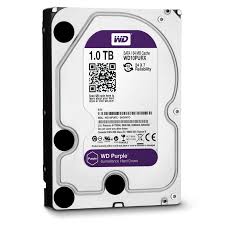
2.4. Battery and Portability
The advertising media industry requires mobility and flexibility, so you need a lightweight laptop with a good battery life to work even when there is no power source. A battery with a usage time of 6 hours or more will help you easily work in unfixed locations, such as when filming or taking photos outdoors. A lightweight, easy-to-carry laptop will optimize this flexibility.
2.5. Connection Port
Laptops dedicated to video editing need to be fully equipped with ports to connect to various devices, from cameras, external hard drives to separate monitors. Ports such as USB-C, HDMI, and Thunderbolt will help connect a variety of devices, support fast data transfer, and connect to second screens for a more spacious workspace.
@old
Conclude
Investing in a high-quality laptop not only helps you improve your work performance but also enhances the quality of your advertising media products. Prioritize factors such as strong configuration, beautiful screen, large storage capacity, mobility, and diverse connection port system. A good laptop will be a great assistant to help you create impressive and professional advertising videos. Contact http:Sadeign.vn for detailed support information.









































